Incest, Murder, Porn & Tomb-Robbing: Lives of the Pharaohs
The lives of the Ancient Egyptian pharaohs make Game of Thrones look like a game of, well, hopscotch.
And, to be frank, there are a few things that I find a little hard to get past about this culture that produced such awe-inspiring architecture, such delicate art and the world’s first nation state.
Let’s start with…
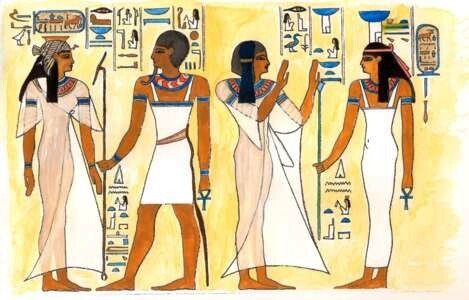
Incest
Yes, incest.
Lots of incest. Mind-boggling, miscarriage-inducing, world-beating levels of incest.
Pharaohs routinely married and had children with both full and half-sisters, adding the girls with whom they had spent at least part of their childhood to the stable of women they kept in their harem palaces.
Try, if you will, to get your head around this. After Ramses II’s adored lead wife, Nefertari, died, he elevated his second wife, Istnofret, to lead wife – and promoted his and Istnofret’s daughter, Bintanath, to second wife.
One of several daughters that Ramses is known to have married, Bintanath had at least one daughter/sister by her father. That’s her in the picture, up above.
The baby was brought up in the harem alongside her mother/half-sister/step-sister and her grandmother/stepmother, which must have made for some interesting conversations when the ageing Pharaoh came calling for sexual favours.
History does not record whether she too married Ramses II.
Even beautiful young Tutankhamun was buried with two foetuses his teenage sister-wife had conceived but miscarried.
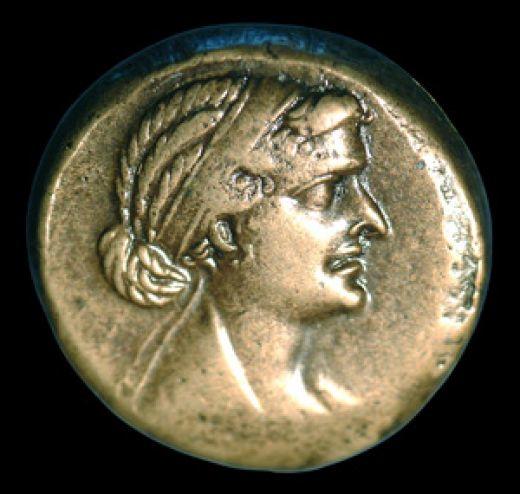
Murder
Cleopatra is the most famous of the Ptolemies, the dynasty, which ruled Egypt after Alexander the Great, although it appears from her coins that Elizabeth Taylor may have been miscast.
The Ptolemies seem to lead the pharaonic league tables when it comes to murder, although this might be simply because more records survive from their time.
Ptolemy VIII, known either as “potbelly” or “good-doer”, murdered Ptolemy VII, then married his mother, who was also his sister.
He then went on to marry his sister-mother’s daughter (who one might describe as his half-sister/niece, except as his mother’s husband was also his brother, it’s a little more complicated than that).
Driven out of Alexandria by his spurned sister-mother-wife, he had their son murdered. Then he chopped up the boy’s body into pieces and sent them to her.
On her birthday.
Cleopatra, too, was no slouch in this department. In between shagging Roman generals for reasons that were likely more strategic than romantic, she seems to have eliminated at least one sister and probably one of her brothers.
Slavery
Slavery was a fact of life in most parts of the world until a very few hundred years ago, and Egypt was no exception, with captured prisoners from Nubia, Libya, Judaea, Palestine and elsewhere routinely enslaved.
What is harder to take is the hideous nature of life for Egypt’s huge rural underclass.
Afflicted by lung disease, curvature of the spine, parasites, malnutrition and overwork, poor Egyptians were lucky to make it to 20, let alone 30.
During the time of the Nile flood, the men were taken from their home to labour on the pharaohs’ grandiose building projects, or trek deep into the desert to dig wells.
Death rates were astronomical and none of the poor would ever enter the temples they had worked so hard to build. They were reserved for the priests and the nobles.
Middle classes who did well might be able to buy an animal to be mummified as a gift for the gods, although – and here very little changes – a lot of the mummies were fakes.
Decadence
Now, the Ancient Egyptian love of the finer things in life – sex, perfume, flowers, manicures, makeup, art, music and jewellery – would be a little easier to appreciate if it weren’t all built on the backs of workers who had none of these things.
The Ancient Egyptians had a healthy interest in sex.
Plenty of porn papyri survive, while the odd “dancing girl” in an Ancient Egyptian g-string and the contemporary equivalent of pasties — blue painted nipples on gilded breasts — even decorate tomb walls, to accompany the wealthy into the afterlife.
Some of the wealthiest individuals in the Old Kingdom, the era of the great pyramids, held positions such as “Overseer of the Royal Manicurists” or “Overseer of the Palace Hairdressers”.
Tomb-Robbing
Ancient Egyptian pharaohs built theoretically impregnable tombs to preserve not only their mummies but their grave goods for the afterlife. Most, of course, were robbed long, long ago, although a tomb near Heliopolis was discovered and robbed as recently as this year.
Yet – pace Lara Croft – some of the leading tomb-robbers were later pharaohs, who thought little of “borrowing” an older pharaoh’s sarcophagus, gold or even tomb.
Their agents ripped open bandages on mummified corpses to extract protective amulets, or repainted faces and scratched out names to appropriate a well-made tomb.
Under Ancient Egyptian law the punishment for tomb robbing was to have the ears and nose slit before being impaled through the anus on a pole. Needless to say, this did not happen to the pharaohs.
Egomania
You don’t rule a territory the size of Egypt for pushing 3000 years without an eye for propaganda.
Many of Egypt’s wonderful buildings were both effective symbols of power and control and a mechanism for extorting resources from the local populace.
The typical pose of the pharaoh, who was, most of the time, a god during his life, and almost always a god after his death, is “smiting” – that is to say, holding a captive, normally a racial caricature, by the hair, about to bash his brains out with a mace.
The more athletic of the warrior kings, like Ramses II, often portrayed themselves multitasking, perhaps with a bow and arrow too.
Like all the great dictators, the pharaohs majored on large statues of themselves, some standing close to a hundred feet high and weighing over a thousand tons.
One striking detail about the “drag king” female pharaoh, Hatshepsut, was how concerned she was to have an, umm, obelisk bigger than her father’s.
Ancient Egypt is an awe-inspiring culture, certainly. And I’m privileged to have seen so much of it. But in many ways the more I see of it, the less I actually like it. How about you?

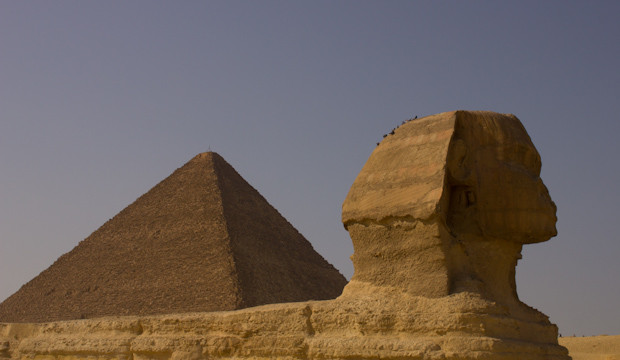
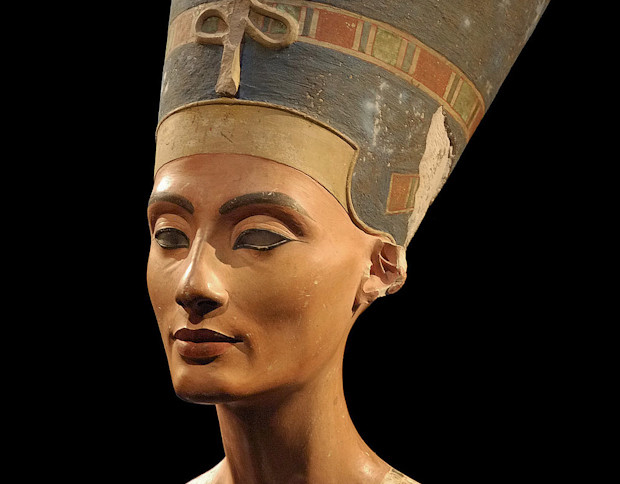
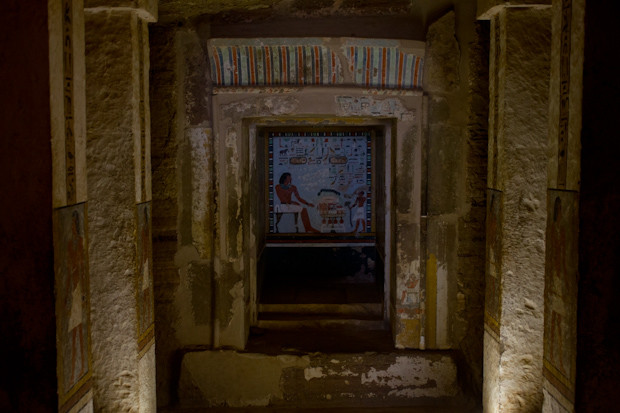
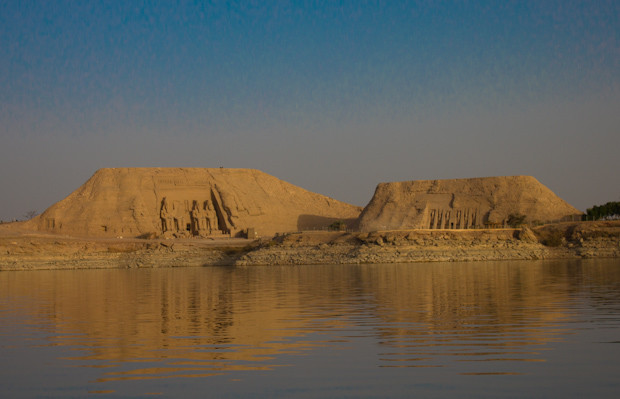
Just makes me glad I was born when I did. Not enough is talked about regarding the slavery days either when discussing Egypt, so I liked that you shared more about it.
Wonder who came up with the penalty for tomb robbing BTW. Interesting punishment.
Good lord! That’s a whole lot of disgusting.
Wonderful pictures and a FASCINATING statement at the end. I have to say that I like Ancient Egyptian history precisely because it boggles our modern conceptions. Their culture was incredibly different… and we only get the small tidbits of how different it must have been.
I love the way you call Hapshetsut a drag queen. LOL! Seeing her mummy was probably the most amazing part of the quest… precisely because it’s still around and we moderns would never do a such a thing.
Funny that… all that megalomania made it survive for us today. Anything we’re leaving behind? (I wonder this often.)
Cheers! Thanks for the incredible pictures too!
Wow, fascinating! Great read:)
Xoxo
Thanks, Nikki! God, we miss Bali a lot from time to time here…
WOW. that tomb robbing punishment was something else. i love this article for its truths!! horrible histories, indeed!
Yes! They had a lot of horrible stuff in the Horrible Histories, but none of the REALLY gross stuff.
I think we’re quite squeamish about incest as a culture, in fact. It’s something all the early Egyptologists work around in a rather embarrassed fashion, just as the early classicists had issues with Greek sexuality, and it’s something that we typically consider a “universal” taboo. Which, clearly, it isn’t.
“although a tomb near Heliopolis was discovered and robbed as recently as this year.” This made me laugh 😀 Sad but true…
And those are some complicated relationships! damn haha! I wonder how historicans found out about all those stuff though, I don’t think the pictures can really show the family tree, specially one that is so complicated like these 😀
I should read more into Egyptian history, what we studied in school was all about their make up and their trades with other cultures 😛 crap 😀 i need to know more about how the culture was 😀
I don’t know, Mina. I like the way you guys are keeping the old ways going. That villages who have, most likely, been robbing tombs for literally thousands of years are STILL AT IT, even today. That’s what I call continuity.
According to the guy who told me, the gold gets broken up and sold for reuse. People like Ancient Egyptian gold because it has a darker colour. Go figure.
And, as I said, I will save my best Egyptian history books for you.
Wow, I love how you included all the little known about history. When we get there we will have a much better base of knowledge:)
Ah! You’re coming this way?! Excellent. I’ve got one on the pyramids and I’m going to do a useful one on Luxor, too. Also, I THOROUGHLY recommend Alexandria. Most chilled place I’ve been in Egypt after Dahab, and a lot more real.
Wow! Who knew the Egyptians had Overseers of the Royal Manicurists. It’s so amazing to me that historians can piece together these little bits of information and find out about the civilization.
Well, the beauty about Egypt is that there are a lot of pictures and texts still extant, right down to notes sent out by relatively ordinary people requesting packed lunches: so on tombs, for example, everyone had carved a potted biography…
a lot of sensationalism without a lot of research.
And from the title, you’d have thought it was a PhD thesis, right?